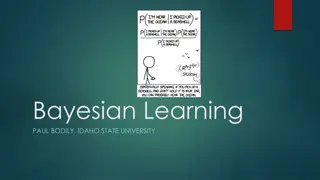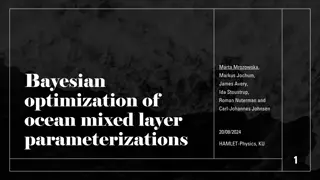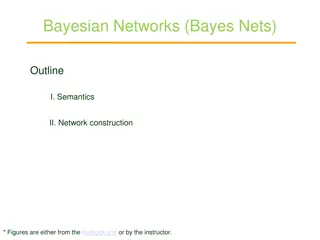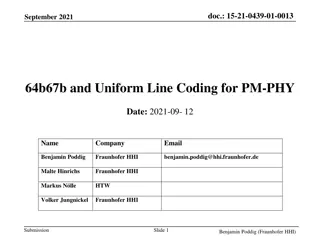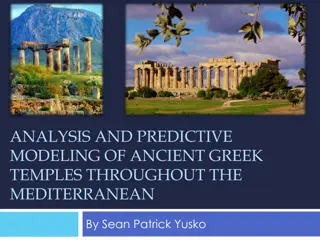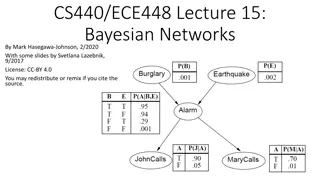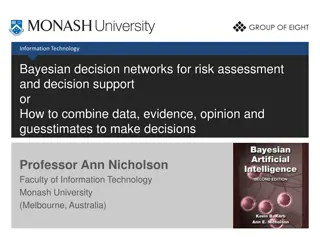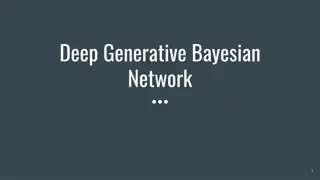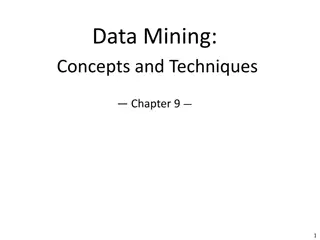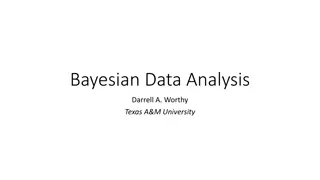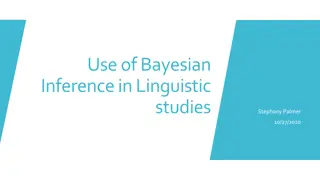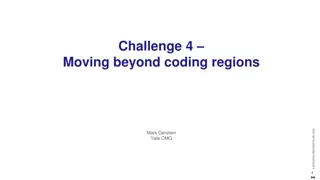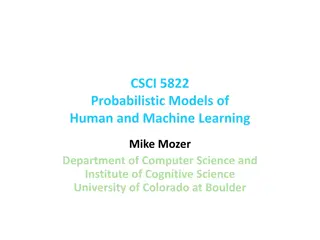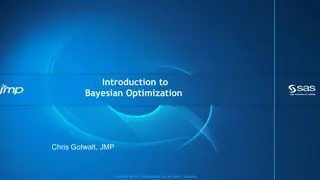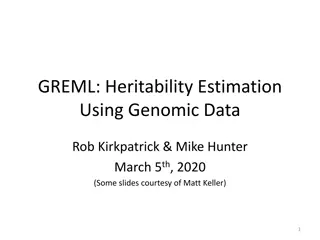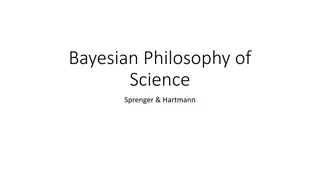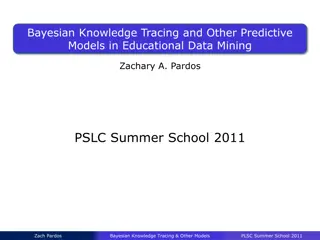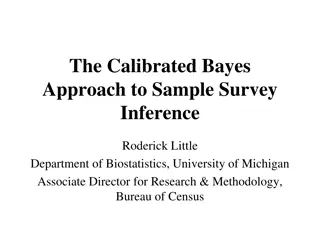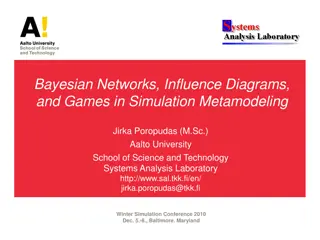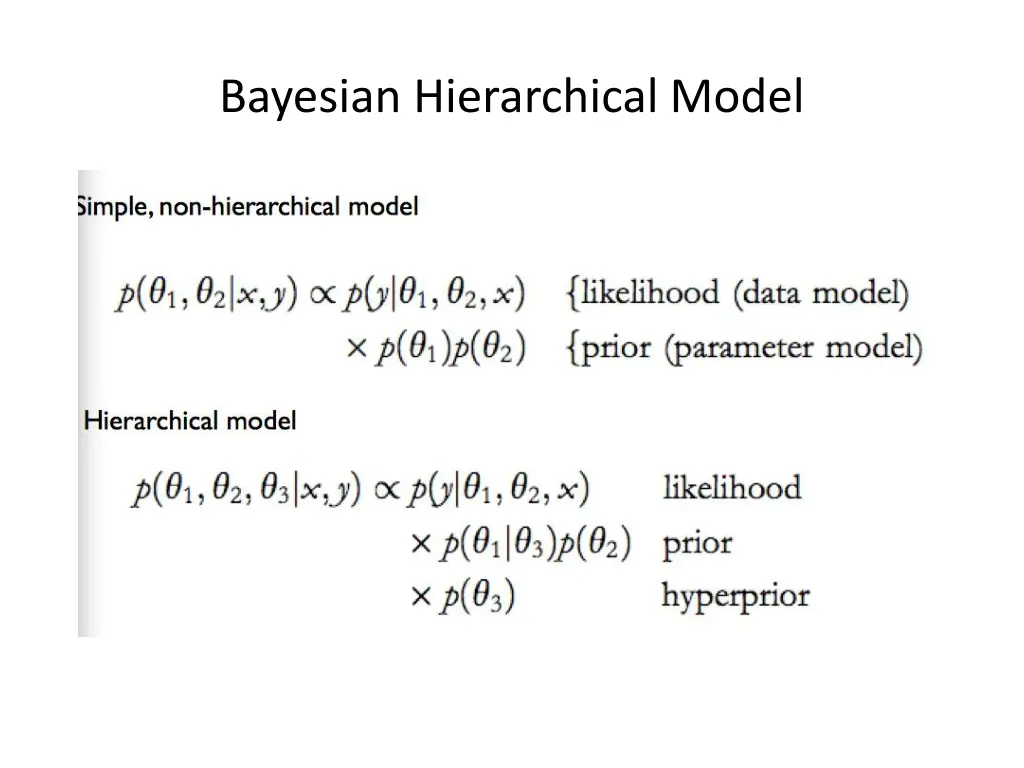
Understanding Hierarchical Predictive Coding Models
Explore the concepts of Bayesian hierarchical models and hierarchical predictive coding, with a focus on predictive coding in the sensory cortex. Dive into the computational transformations and neural activity patterns associated with these models, providing insights into hierarchical information processing in the brain.
Uploaded on | 1 Views
Download Presentation

Please find below an Image/Link to download the presentation.
The content on the website is provided AS IS for your information and personal use only. It may not be sold, licensed, or shared on other websites without obtaining consent from the author. If you encounter any issues during the download, it is possible that the publisher has removed the file from their server.
You are allowed to download the files provided on this website for personal or commercial use, subject to the condition that they are used lawfully. All files are the property of their respective owners.
The content on the website is provided AS IS for your information and personal use only. It may not be sold, licensed, or shared on other websites without obtaining consent from the author.
E N D
Presentation Transcript
Hierarchical Predictive Coding right: forward chain left: backward chain red arrows: computational transformations
Predictive coding in sensory cortex a. Schematic predictive coding architecture, with PE units providing excitatory feedforward input, and P units providing inhibitory feedback b. Hypothesised neural activity in two populations of P and PE units, each representing a different hypothesis ( A and B , respectively). Stimulus A is predicted, and subsequently presented. Left panel illustrates schematic timecourse of activity, right panel provides integral over time (i.e., proxy of BOLD amplitude) c. Stimulus A is predicted, but B is presented. Activity is higher overall (particularly in PE units), but less unequivocal (in P units)

